Home>Renovation & DIY>Home Renovation Guides>How To Pick Grout Color For Backsplash
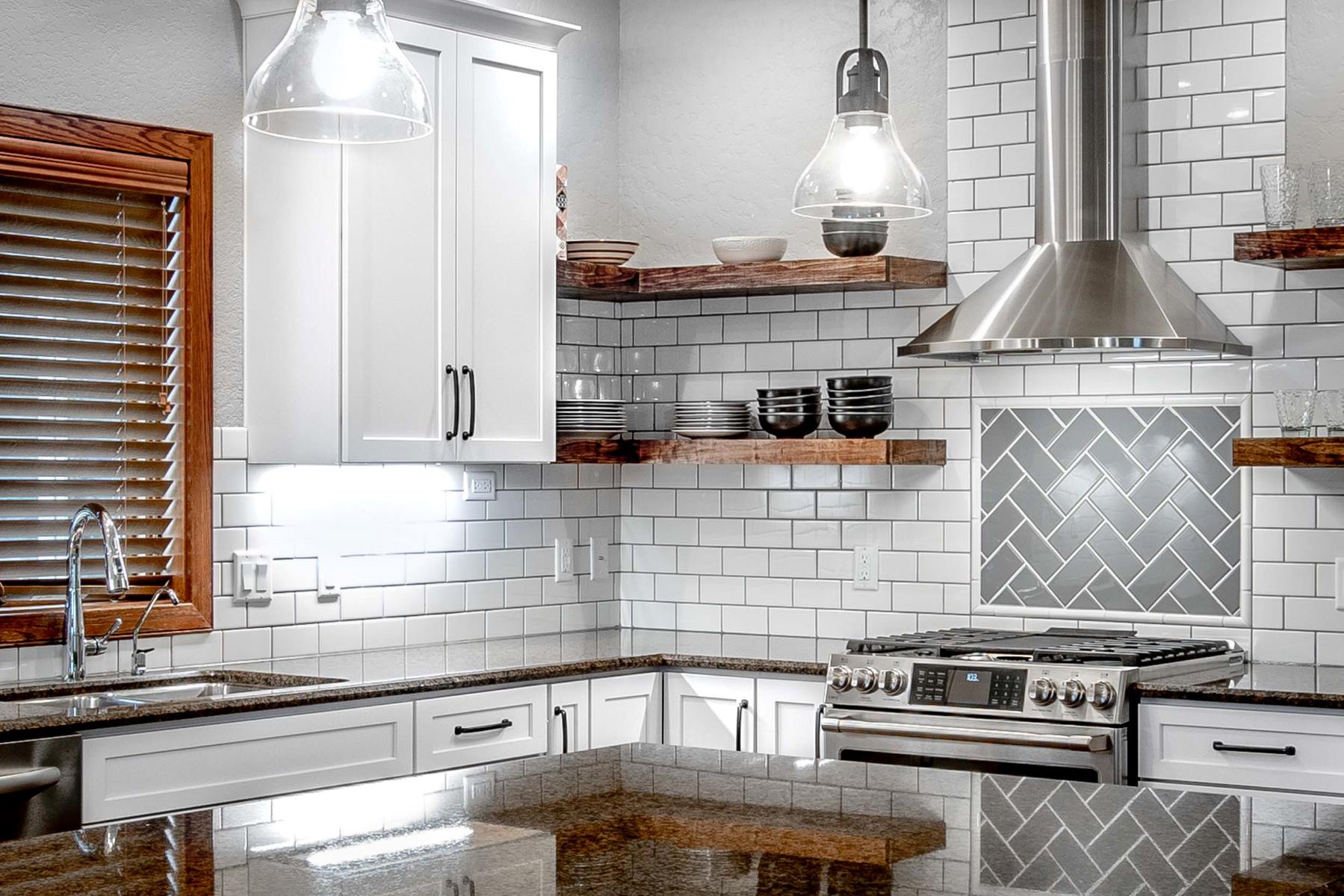

Home Renovation Guides
How To Pick Grout Color For Backsplash
Modified: February 18, 2024
Learn how to choose the perfect grout color for your backsplash with our comprehensive home renovation guide. Make your kitchen pop with the right grout color!
(Many of the links in this article redirect to a specific reviewed product. Your purchase of these products through affiliate links helps to generate commission for Storables.com, at no extra cost. Learn more)
Introduction
Selecting the perfect grout color for your backsplash is a crucial decision that can significantly impact the overall aesthetic of your kitchen or bathroom. The grout not only serves a functional purpose by filling the gaps between tiles but also plays a pivotal role in enhancing the visual appeal of the space. It's essential to approach this decision with careful consideration, as the right grout color can seamlessly blend with the tiles, creating a cohesive look, while the wrong choice may detract from the beauty of the backsplash.
The process of choosing the ideal grout color involves a thoughtful analysis of various factors, including the color of the tiles, the desired overall look, and the practical aspects of maintenance. By delving into these considerations and exploring the available options, you can make an informed decision that elevates the design of your space. Let's delve into the key aspects to consider when selecting the perfect grout color for your backsplash.
Key Takeaways:
- Choose a grout color that complements your tile color for a cohesive look. Match or contrast the grout to the tile undertones for a visually appealing backsplash that reflects your style.
- Test different grout colors to find the perfect match for your space. Consider maintenance needs when selecting a grout color to ensure a beautiful and durable backsplash that suits your lifestyle.
Read more: How To Clean Backsplash Grout
Consider the Tile Color
The color of the tiles is a fundamental factor to consider when choosing the right grout color for your backsplash. The goal is to complement the tiles and create a harmonious visual impact. One approach is to select a grout color that closely matches the color of the tiles. This creates a seamless, monochromatic look that allows the tiles to take center stage, ideal for a clean and contemporary aesthetic. For instance, if you have white subway tiles, opting for a white grout can produce a classic and timeless appearance, emphasizing the uniformity of the design.
On the other hand, choosing a contrasting grout color can add depth and dimension to the backsplash. By selecting a grout color that differs from the tile color, you can create a striking visual effect that highlights the individual tiles. For example, pairing white tiles with dark gray grout can produce a bold and dramatic look, drawing attention to the pattern and layout of the tiles. This approach is particularly effective for intricate or patterned tiles, as the contrasting grout can accentuate the details and create a captivating visual impact.
Additionally, considering the undertones of the tile color is crucial. Tiles may have warm, cool, or neutral undertones, and selecting a grout color that complements these undertones can enhance the overall cohesiveness of the backsplash. For instance, if the tiles have warm beige undertones, choosing a similarly warm-toned grout can create a cohesive and inviting ambiance. Conversely, cool-toned tiles can be paired with grout in cooler shades to maintain a balanced and unified look.
Ultimately, the tile color serves as the foundation for selecting the grout color. By carefully assessing the hues, contrasts, and undertones of the tiles, you can make an informed decision that enhances the visual impact of your backsplash, creating a stunning focal point in your kitchen or bathroom.
Consider the Overall Look
When choosing the grout color for your backsplash, it's essential to consider the overall look you want to achieve in your space. The grout color can significantly influence the perceived style, mood, and ambiance of the kitchen or bathroom. By aligning the grout color with the desired aesthetic, you can create a cohesive and visually appealing environment that reflects your personal taste and design preferences.
If you aim to achieve a seamless and understated look, opting for a grout color that closely matches the tile color can contribute to a clean and uniform appearance. This approach is well-suited for contemporary and minimalist designs, where the emphasis is on creating a sleek and unobtrusive backdrop. By maintaining a consistent color palette between the tiles and grout, you can achieve a cohesive and polished look that exudes modern elegance.
On the other hand, if you aspire to infuse your space with character and visual interest, selecting a contrasting grout color can be a game-changer. The juxtaposition of light tiles with dark grout or vice versa can add depth and dimension to the backsplash, creating a captivating focal point. This approach is particularly effective for those seeking to make a bold design statement and showcase the individuality of the tiles. The contrasting grout can accentuate the pattern, layout, and texture of the tiles, infusing the space with personality and charm.
Furthermore, the overall style of the space should guide your grout color selection. For a rustic or industrial-inspired kitchen, earthy and muted grout tones can complement the raw and organic aesthetic, evoking a sense of warmth and authenticity. In contrast, for a contemporary or eclectic bathroom, experimenting with unconventional grout colors, such as soft pastels or bold hues, can inject a playful and artistic vibe into the design.
Considering the existing elements in the space, such as cabinetry, countertops, and fixtures, is also crucial. Harmonizing the grout color with these elements can create a cohesive and harmonious visual flow throughout the room, tying together the various design elements into a unified and polished composition.
By carefully considering the overall look you wish to achieve, you can select a grout color that harmonizes with the style, mood, and existing elements in your space, ultimately contributing to a well-curated and visually captivating kitchen or bathroom.
Test Different Options
Exploring and testing different grout color options is a pivotal step in the process of selecting the ideal grout color for your backsplash. This phase allows you to visually assess how various grout colors interact with the tiles and the overall space, empowering you to make an informed and confident decision. Here's how you can effectively test different grout options to find the perfect match for your backsplash:
Gather Grout Samples
Begin by gathering grout samples in a range of colors that align with your design vision. Many home improvement stores offer grout sample kits, allowing you to acquire small quantities of different grout colors. These samples provide a tangible representation of the colors, enabling you to compare and contrast them against your tiles.
Read more: How To Grout Stone Backsplash
Create Test Boards
To visualize how each grout color complements the tiles, create test boards by placing the tiles on a piece of plywood or foam board. Then, apply a small amount of each grout color between the tiles, ensuring that the grout lines are consistent in width. By arranging the test boards in the actual space where the backsplash will be installed, you can evaluate how natural and artificial lighting affects the appearance of the grout colors throughout the day.
Observe in Different Lighting
Natural and artificial lighting can significantly influence the perceived color of the grout. Observe the test boards under various lighting conditions, including natural daylight, evening illumination, and the lighting typically used in the kitchen or bathroom. This comprehensive assessment will reveal how the grout colors interact with the tiles and the surrounding elements, allowing you to make an informed decision based on their visual impact in different lighting scenarios.
Consider the Visual Flow
Assess how each grout color contributes to the visual flow and cohesiveness of the space. Take into account the existing elements in the room, such as cabinetry, countertops, and wall colors. The grout color should harmonize with these elements, creating a seamless and integrated look that enhances the overall aesthetic of the space.
Seek Feedback
If possible, seek feedback from family members, friends, or design professionals. Their perspectives and insights can offer valuable guidance in the decision-making process, providing fresh viewpoints and considerations that may influence your final choice.
By meticulously testing different grout options and observing their visual impact in the actual space, you can confidently select the perfect grout color that elevates the beauty and allure of your backsplash, creating a captivating focal point in your kitchen or bathroom.
Read more: How To Remove Backsplash Grout
Consider Maintenance
When selecting the grout color for your backsplash, it's crucial to consider the maintenance aspect to ensure that your choice aligns with your lifestyle and maintenance preferences. The maintenance of grout involves regular cleaning and occasional resealing to preserve its appearance and structural integrity over time.
Light-colored grout, while visually appealing and versatile, is more prone to showing stains, discoloration, and dirt accumulation. In high-traffic areas such as the kitchen, light grout may require more frequent cleaning to maintain its pristine look. On the other hand, dark-colored grout can conceal stains and dirt more effectively, making it a practical choice for areas prone to spills and splatters. However, it's important to note that dark grout may fade over time, especially in areas exposed to direct sunlight.
In addition to regular cleaning, grout maintenance may involve periodic resealing to protect it from moisture, stains, and mold growth. Unsealed grout is susceptible to absorbing liquids and accumulating grime, leading to discoloration and deterioration. By investing in a high-quality grout sealer and following the manufacturer's recommendations for resealing intervals, you can prolong the lifespan of your grout and preserve its original color and texture.
Furthermore, the texture and porosity of the tiles should be taken into account when considering maintenance. Porous tiles, such as natural stone or unglazed ceramic tiles, may require more frequent sealing to prevent the grout from seeping into the tile surface and causing potential damage. Smooth, non-porous tiles, such as glazed ceramic or porcelain tiles, are generally easier to clean and maintain, reducing the risk of grime buildup and facilitating hassle-free maintenance of the grout lines.
By factoring in the maintenance requirements of different grout colors and considering the porosity of the tiles, you can make an informed decision that aligns with your maintenance preferences and ensures the long-term beauty and durability of your backsplash. Ultimately, selecting a grout color that balances visual appeal with practical maintenance considerations will contribute to a functional and aesthetically pleasing backsplash that enhances the overall ambiance of your kitchen or bathroom.
Conclusion
In conclusion, the process of selecting the perfect grout color for your backsplash is a multifaceted endeavor that intertwines aesthetic considerations with practicality and personal preferences. By carefully evaluating the tile color, overall look, testing different options, and considering maintenance, you can make an informed decision that enhances the visual impact and functionality of your kitchen or bathroom.
The color of the tiles serves as the cornerstone of the grout color selection process. Whether opting for a harmonious or contrasting approach, aligning the grout color with the undertones and hues of the tiles is essential for creating a cohesive and visually appealing backsplash. Understanding the interplay of colors and contrasts enables you to make a choice that elevates the design of the space, creating a captivating focal point that reflects your style and taste.
Furthermore, considering the overall look you wish to achieve in your space is pivotal. Whether aiming for a seamless and understated aesthetic or seeking to infuse character and visual interest, the grout color plays a pivotal role in shaping the ambiance and style of the kitchen or bathroom. Harmonizing the grout color with existing elements in the space, such as cabinetry and countertops, contributes to a unified and polished composition that exudes sophistication and charm.
The process of testing different grout options empowers you to visualize the visual impact of each color, taking into account the influence of lighting and the overall visual flow in the space. This hands-on approach allows you to make a confident decision, ensuring that the selected grout color harmonizes with the tiles and complements the surrounding elements, ultimately contributing to a well-curated and visually captivating backsplash.
Moreover, considering the maintenance aspect is crucial for ensuring the longevity and pristine appearance of the grout. Balancing visual appeal with practical maintenance considerations enables you to select a grout color that aligns with your lifestyle and upkeep preferences, fostering a functional and aesthetically pleasing backsplash that withstands the test of time.
In essence, the process of choosing the perfect grout color for your backsplash is a blend of artistry, practicality, and personal expression. By delving into these considerations and infusing your decision with creativity and thoughtful analysis, you can transform your kitchen or bathroom into a captivating and inviting space, where the backsplash stands as a testament to your discerning design sensibilities.
Frequently Asked Questions about How To Pick Grout Color For Backsplash
Was this page helpful?
At Storables.com, we guarantee accurate and reliable information. Our content, validated by Expert Board Contributors, is crafted following stringent Editorial Policies. We're committed to providing you with well-researched, expert-backed insights for all your informational needs.
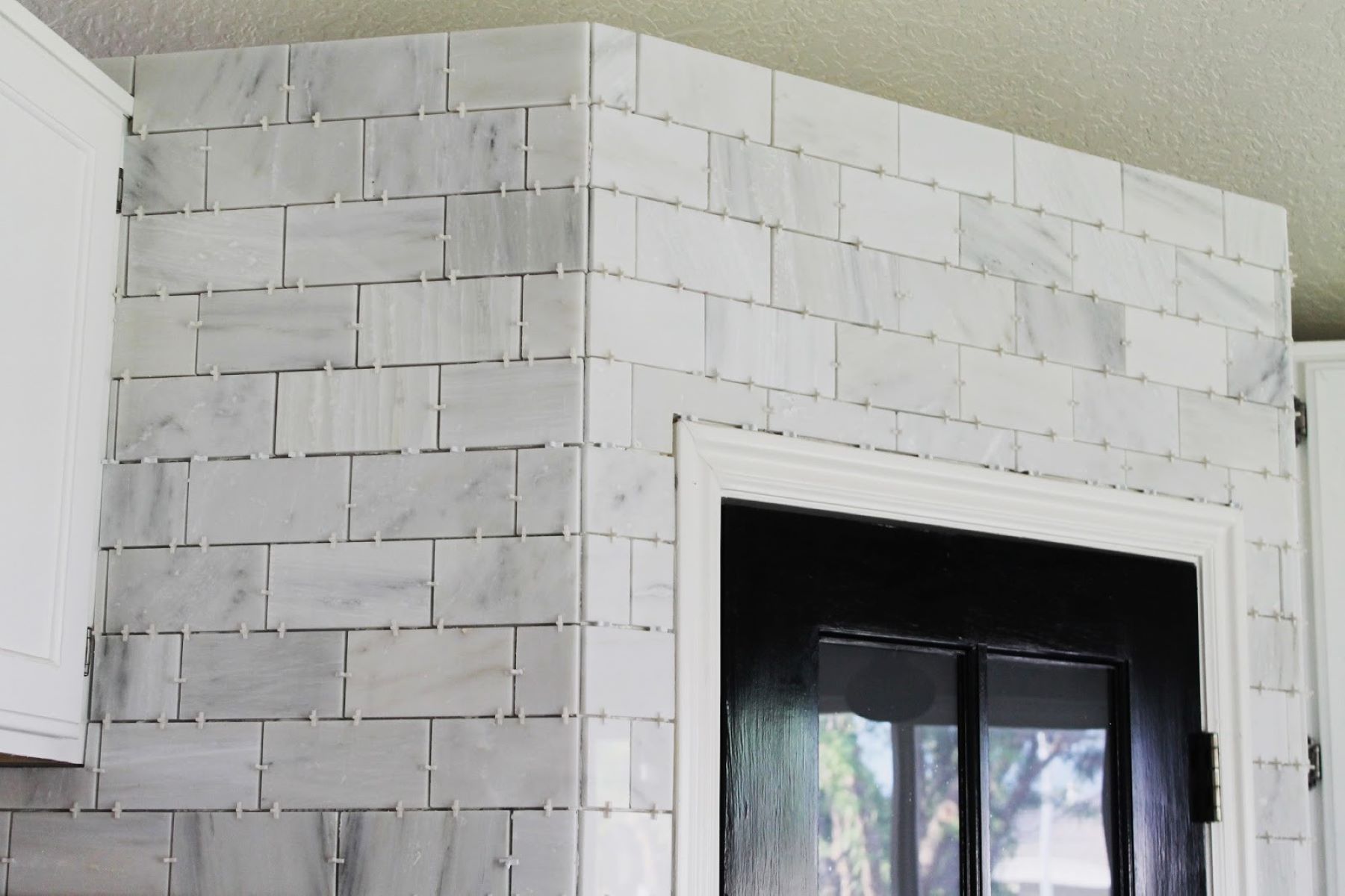
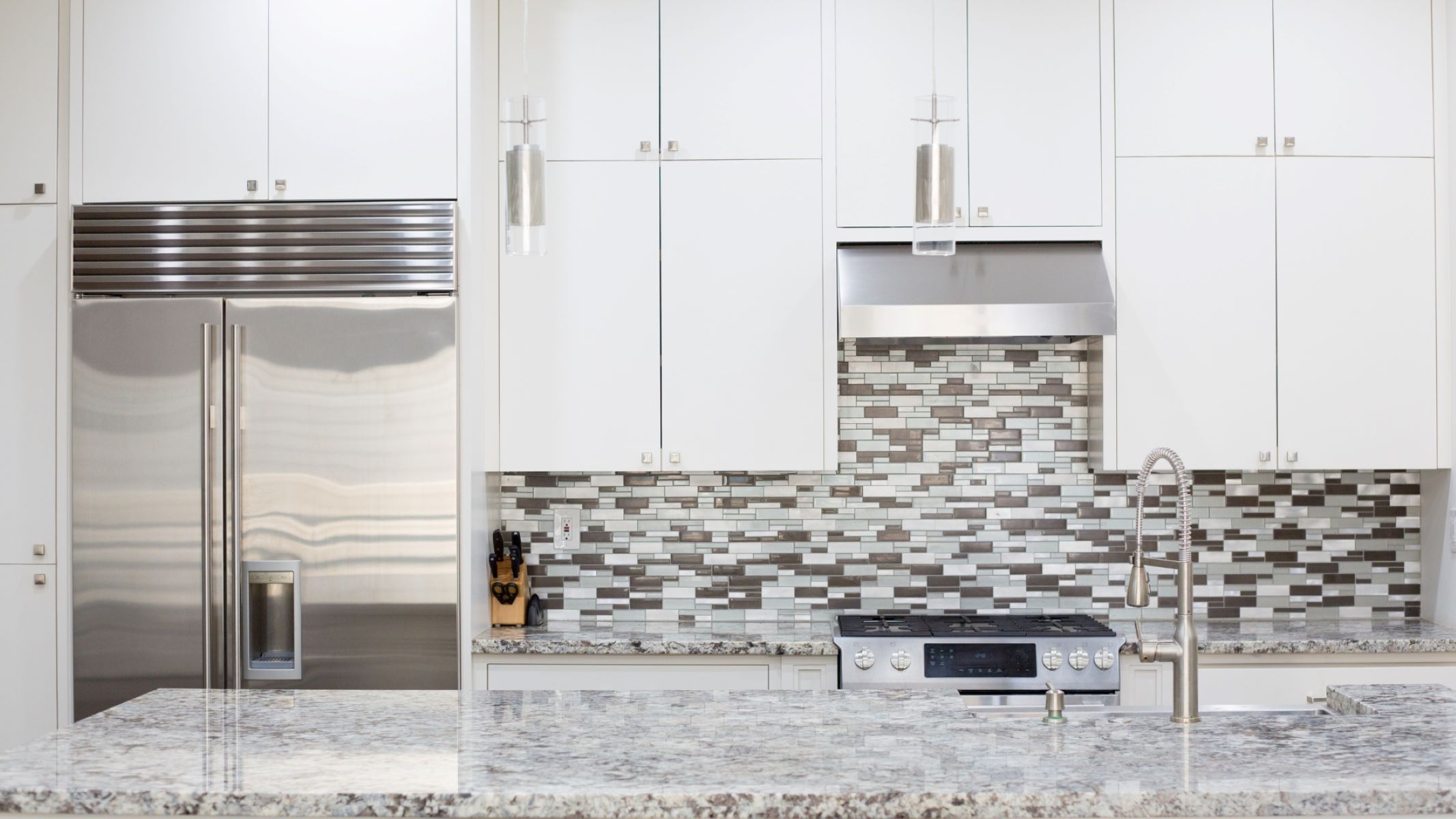
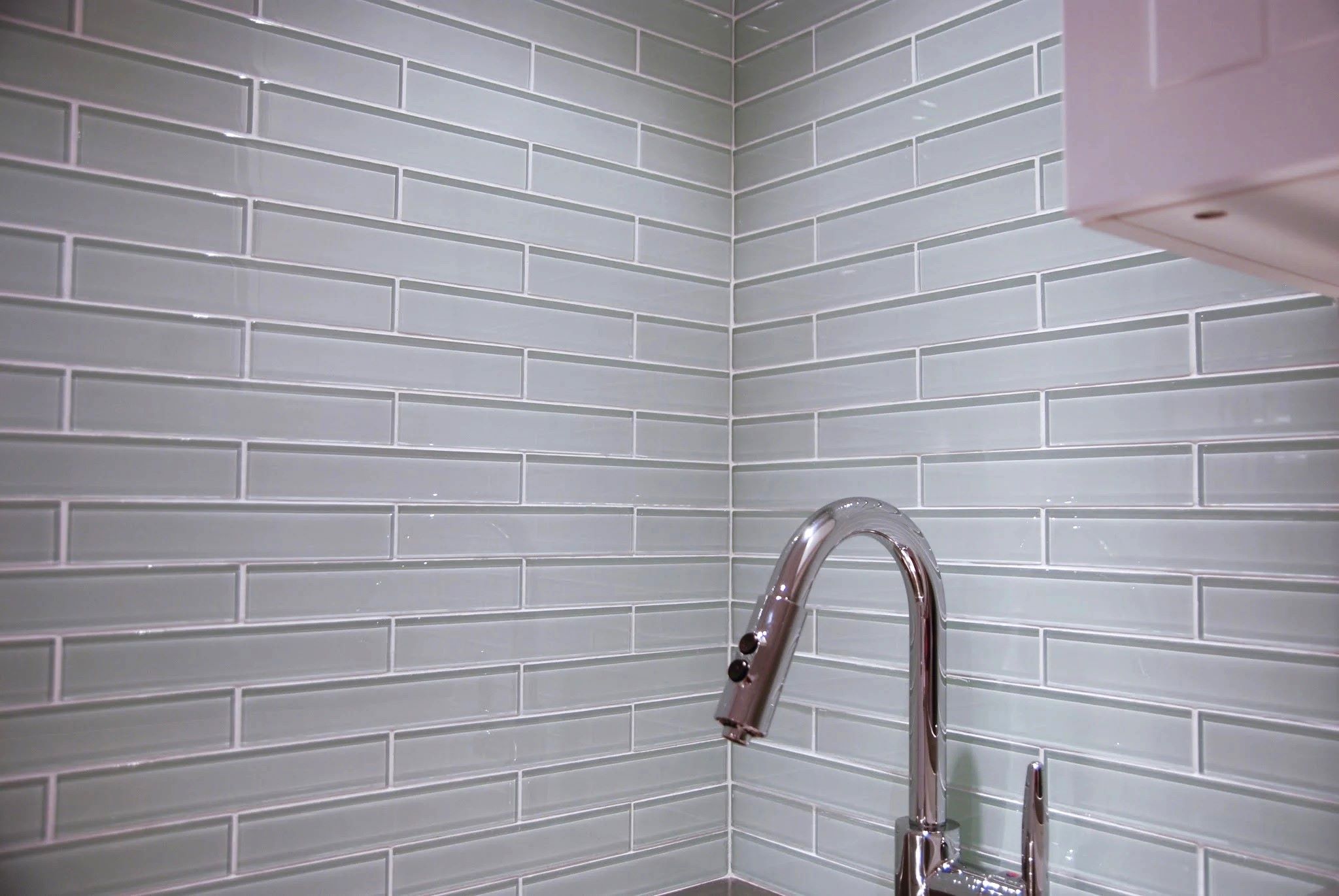
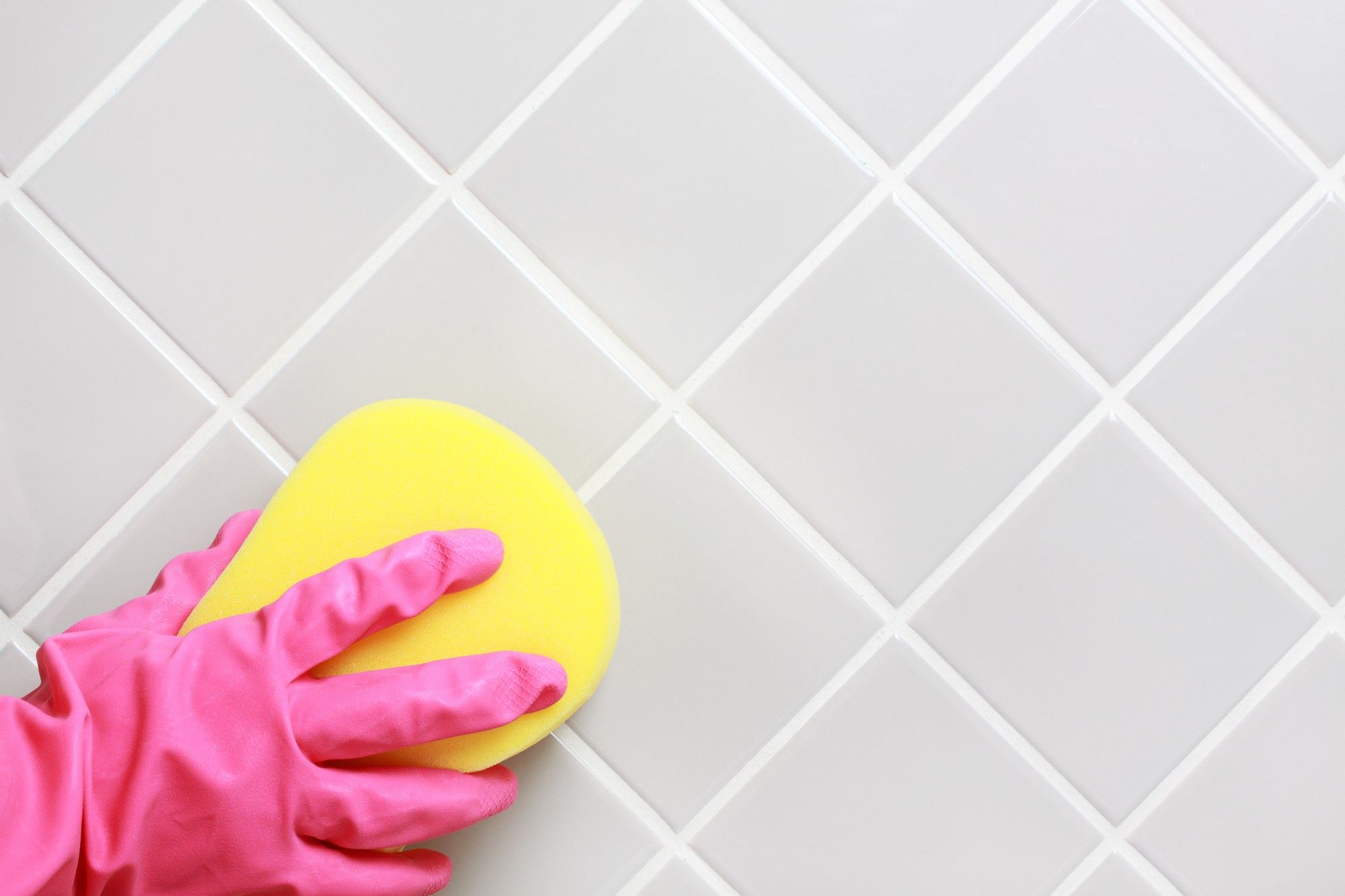
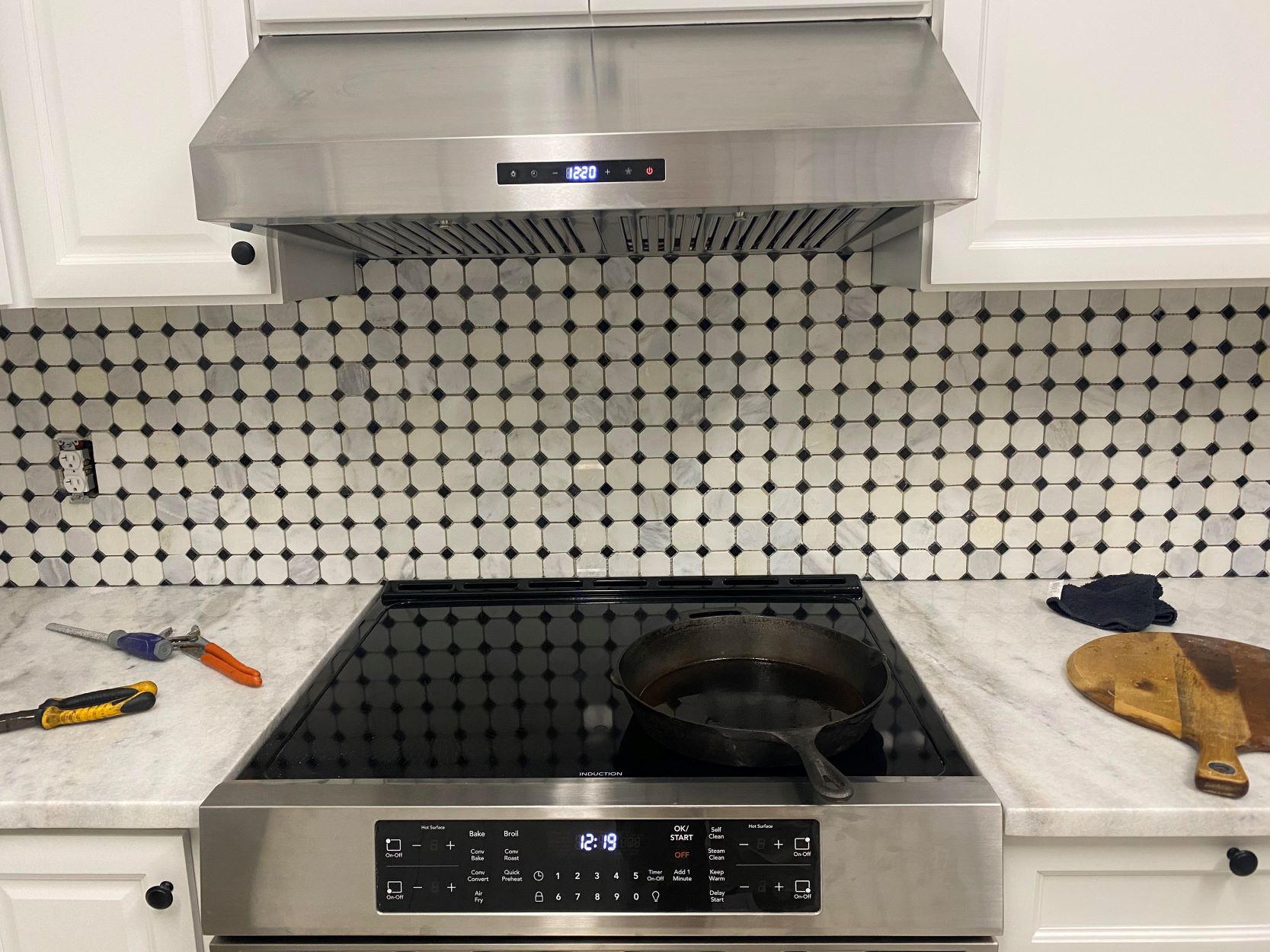
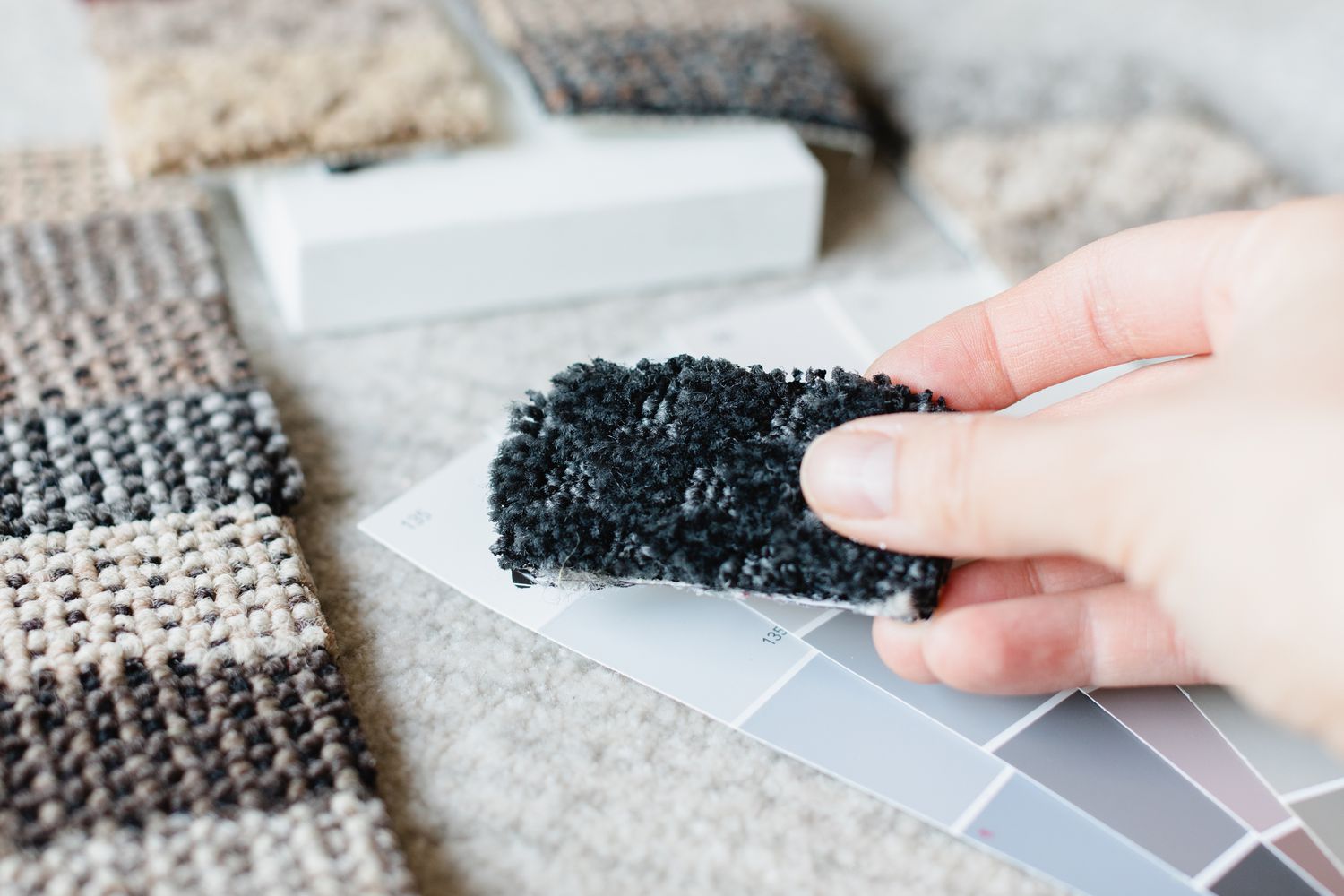
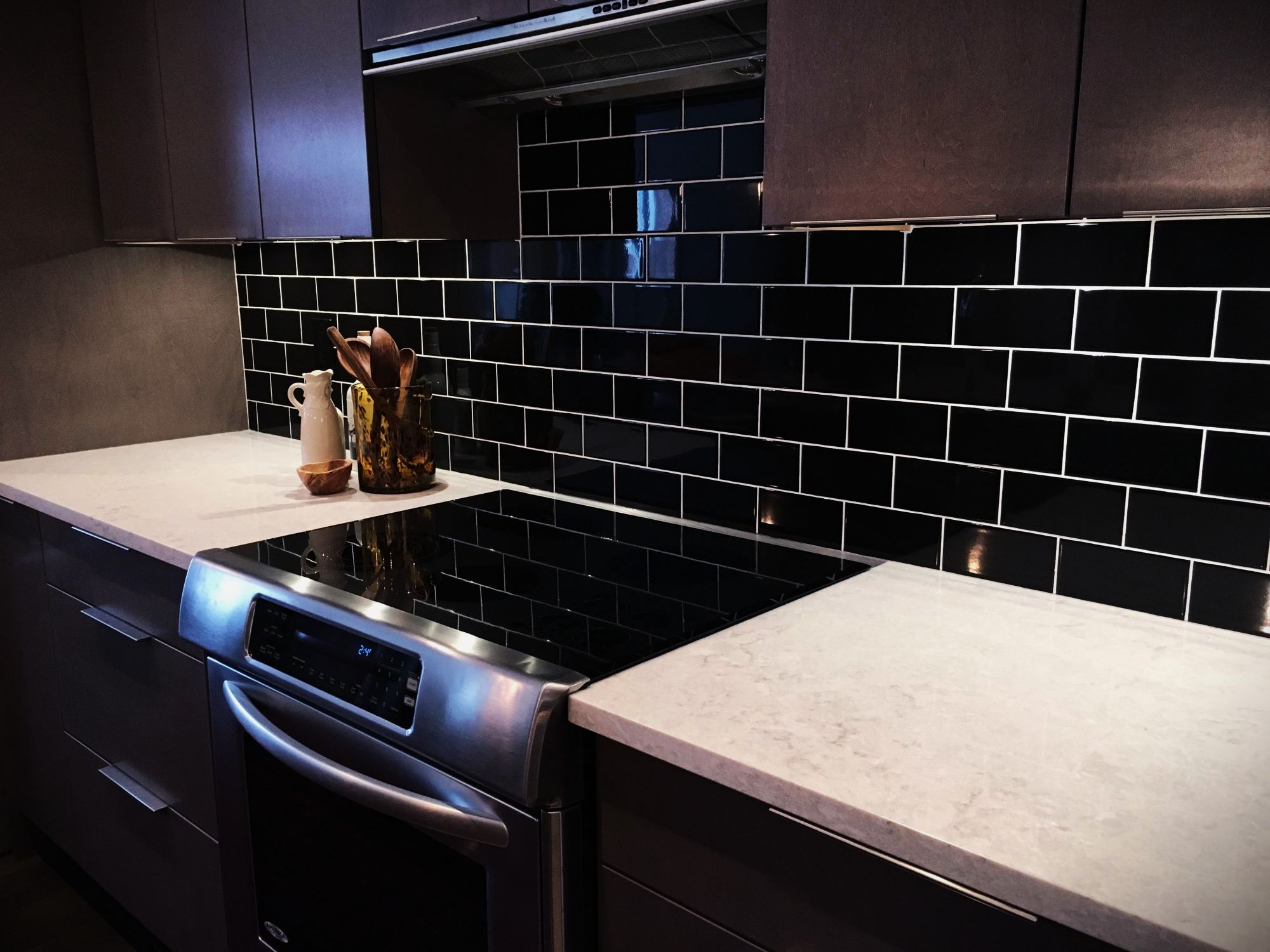
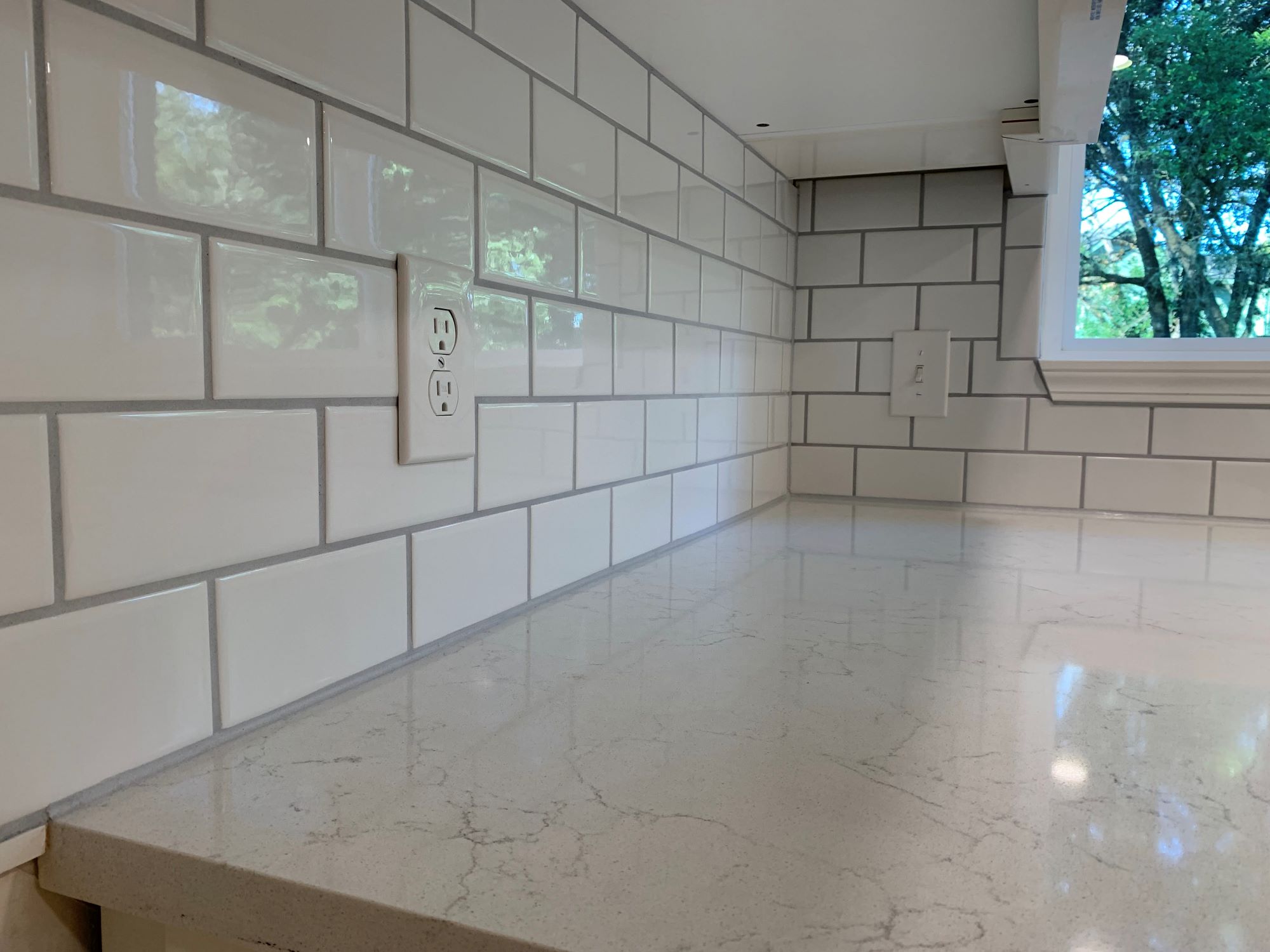

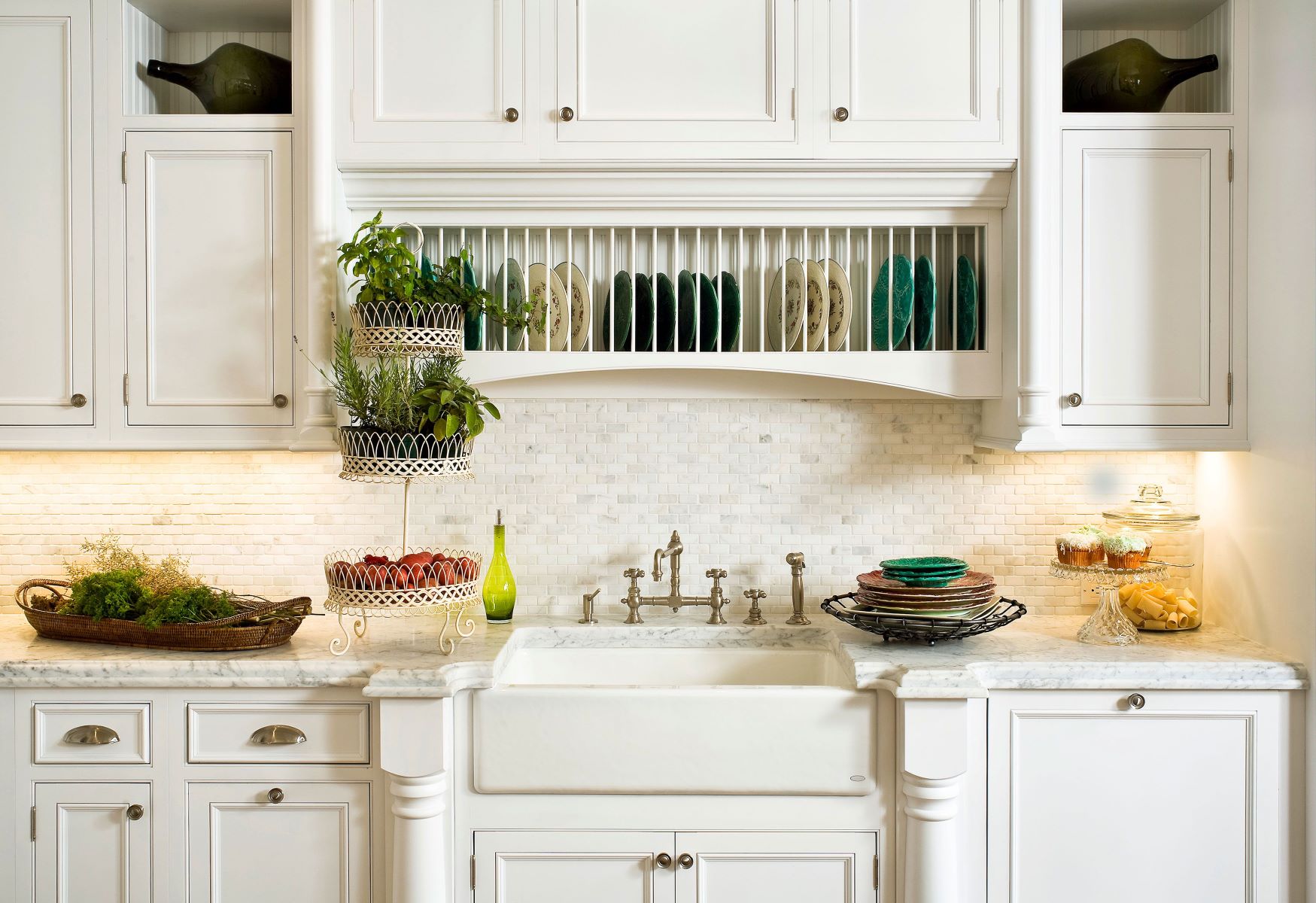
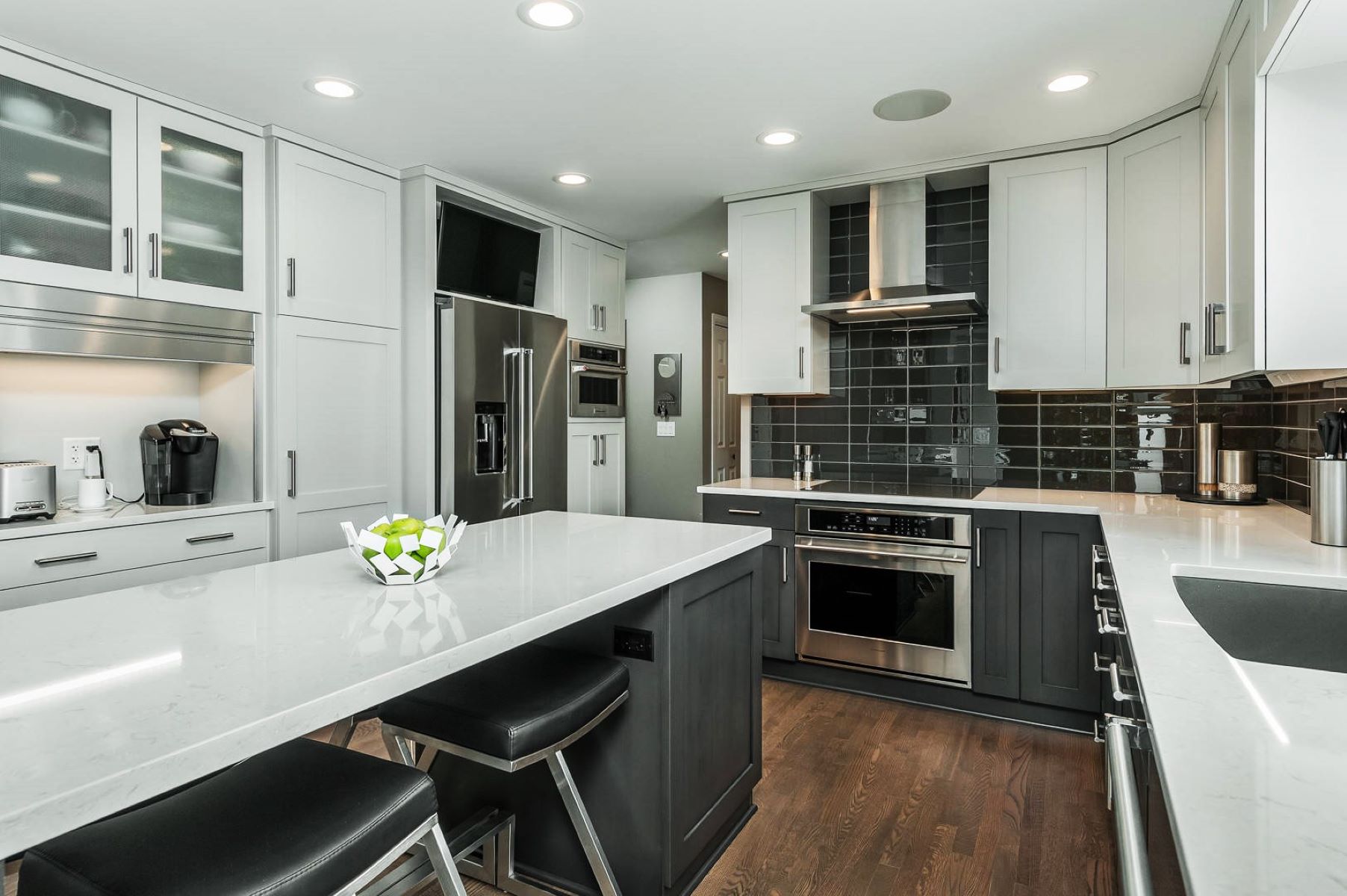
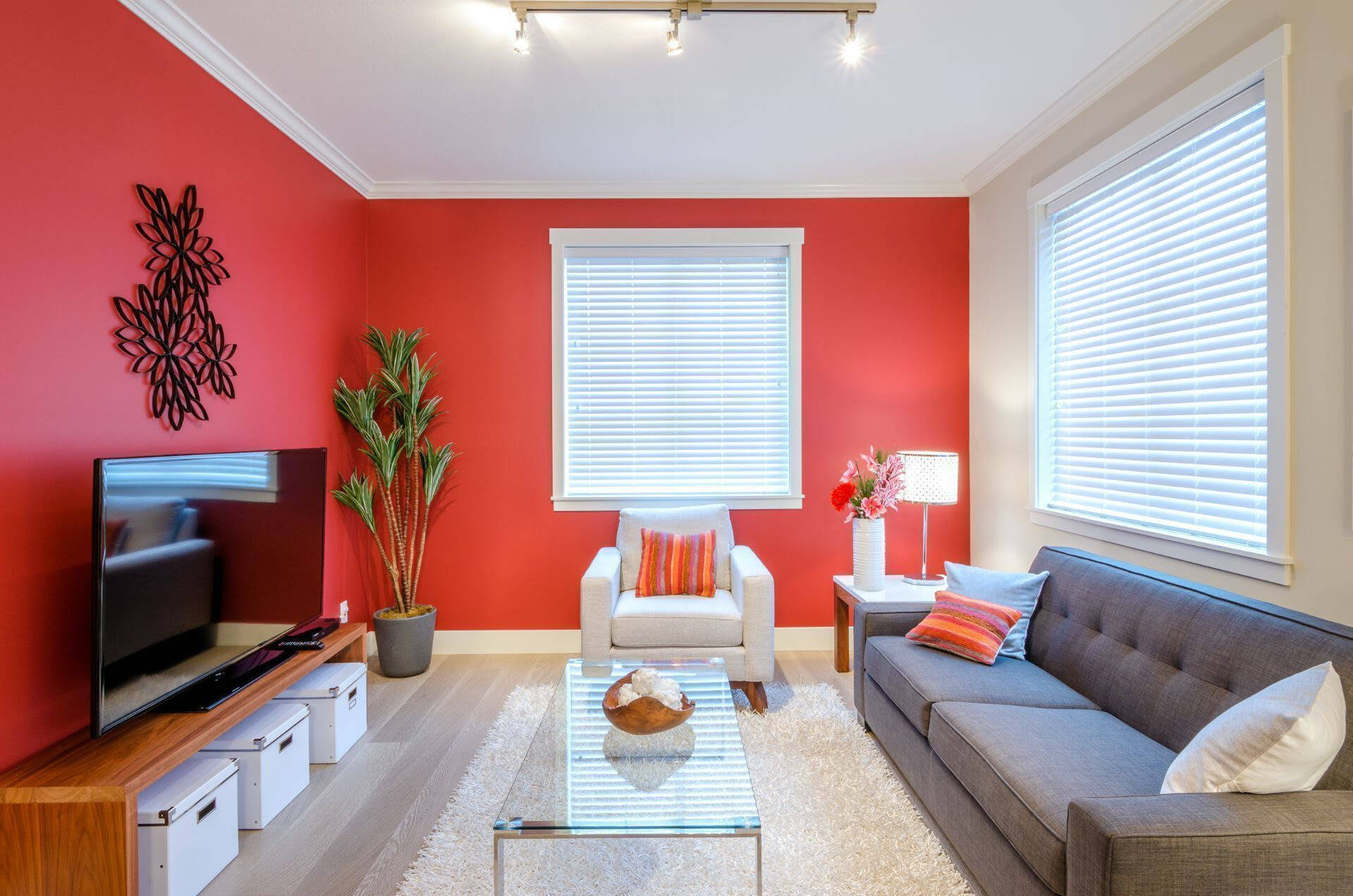
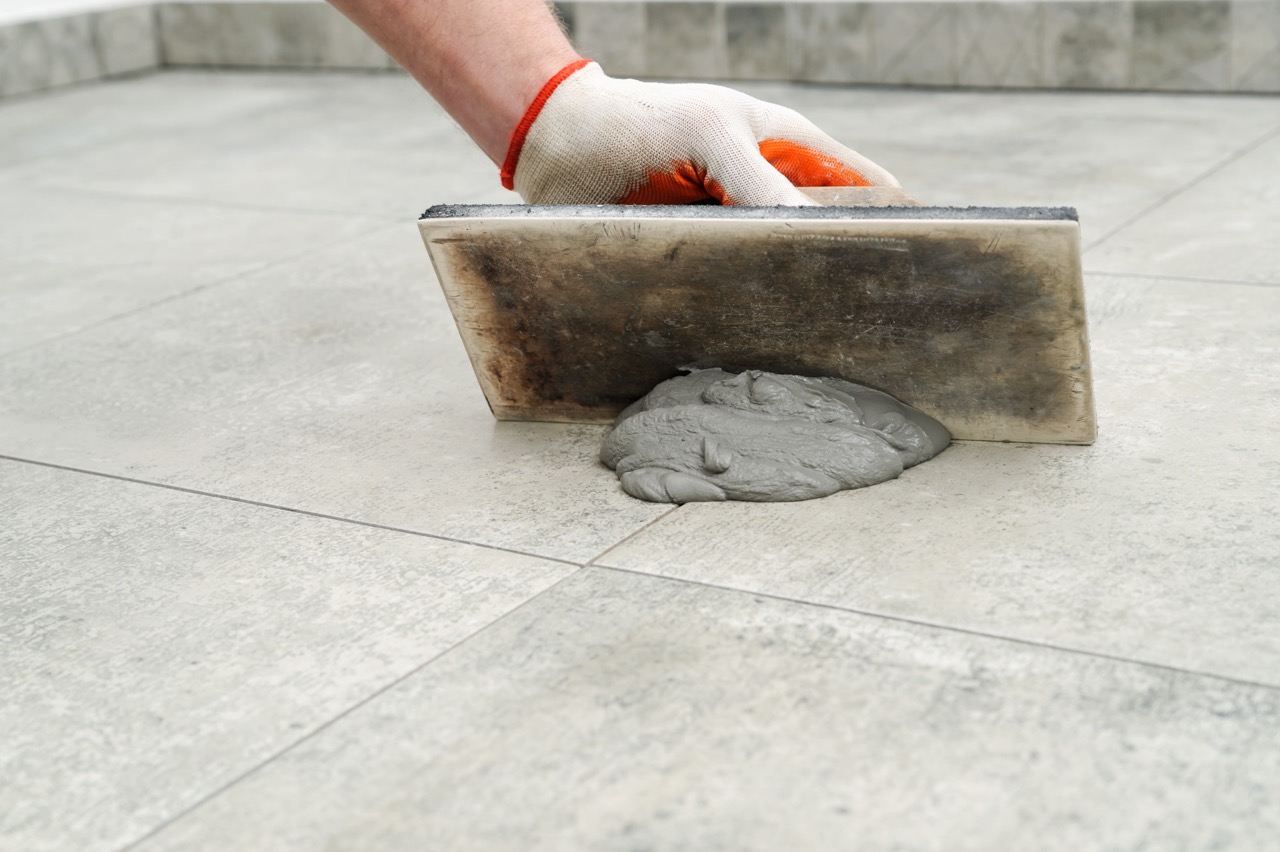

0 thoughts on “How To Pick Grout Color For Backsplash”